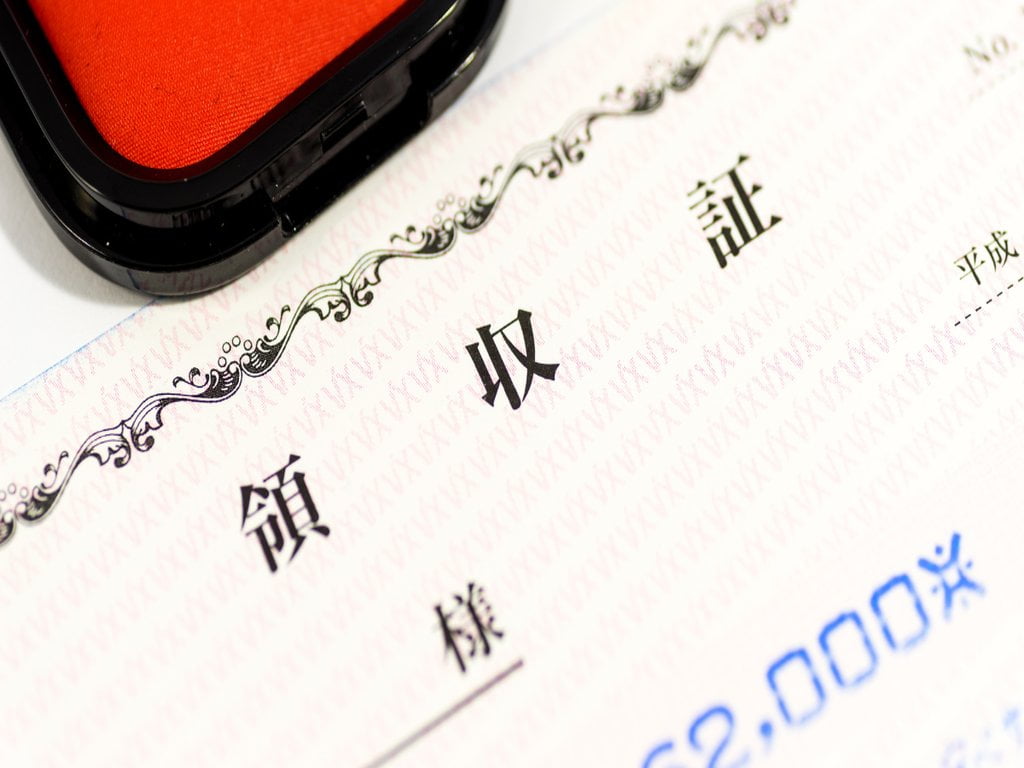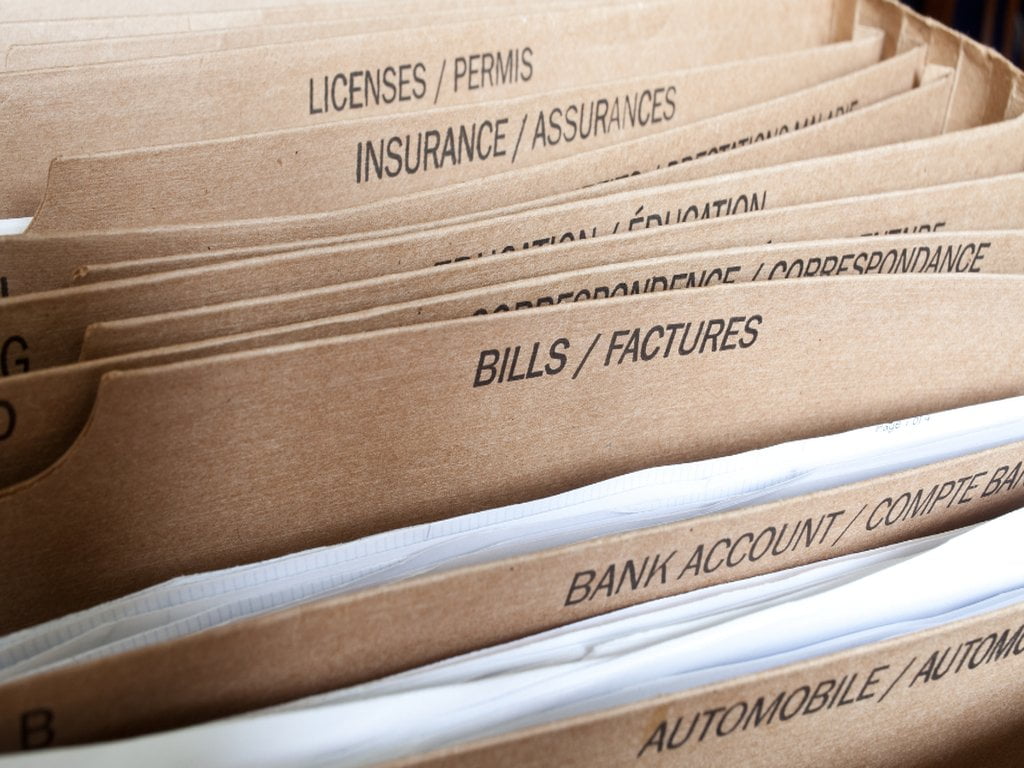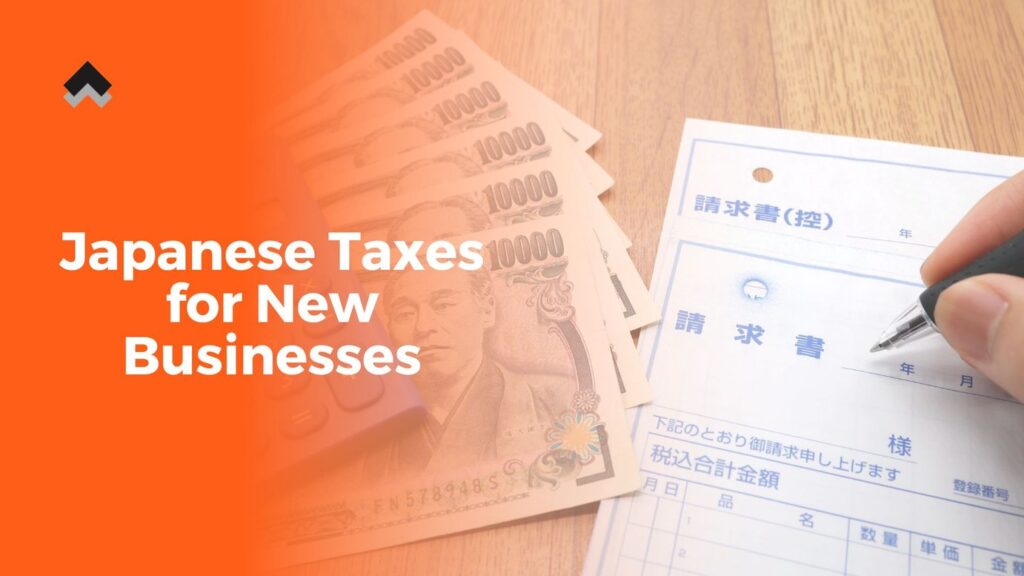Keeping track of your receipts is a critical task for anyone doing business in Japan, be it a local entrepreneur, a foreign company, or an expat managing expenses. Properly filing your receipts ensures compliance with Japanese tax laws and streamlines your financial management. This guide provides a comprehensive approach to filing and managing and knowing how to File Your Japanese Receipts effectively.
- What Are the Different Types of Japanese Receipts?
- What Are the Legal Requirements for Receipt Keeping in Japan?
- How Should You Organize Your Receipts?
- How to File Your Receipts for Business Expenses
- Top 10 Best Practices for Efficient Receipt Management
- Why Do You Need Professional Services?
- Final Thoughts
What Are the Different Types of Japanese Receipts?
Understanding the different types of receipts and the key information they contain is the first step in effective receipt management. In Japan, one commonly used term is 領収書 (Ryoshusho), which refers to an official receipt provided by businesses to acknowledge payment. Ryoshushois essential for tax purposes and often contains more detailed information compared to regular receipts.
| Type of Receipt | Details Included |
| 1. Cash Receipts | – Vendor’s name and contact information – Date of transaction – Amount pai – Description of goods or services |
| 2. Credit Card Receipts | – Cardholder’s name – Date and time of transaction – Amount charged – Merchant’s details – Last four digits of the credit card number |
| 3. Ryoshusho (領収書) | – Business name and seal – Detailed breakdown of items – Tax information- Issuer’s signature or stamp |
Cash receipts are issued for transactions where payment is made in cash, common for everyday expenses and small business transactions. Credit card receipts are provided when payments are made using a credit card, essential for tracking expenses and reconciling with credit card statements. Ryoshusho (領収書) is a formal receipt issued for significant transactions, especially in business contexts, and often includes comprehensive details useful for tax filings, such as a detailed itemization of goods or services, the tax amount, and the issuing company’s official seal.

Key Information on Japanese Receipts
Ensuring that your receipts have all the necessary information is crucial for compliance with tax regulations and for knowing file your japanese receipts. Here’s what to look for:
- Names: Receipts should clearly state the name of the business or individual issuing the receipt. This helps in identifying the source of the expense.
- Dates: The date of the transaction must be accurately recorded which is important for tax reporting and matching expenses to the correct accounting period.
- Amounts: The total amount paid or charged must be clearly stated on the receipt. Ensure that this matches the amount recorded in your financial records.
- Tax Details: Receipts in Japan often include specific tax details, such as:
- Consumption tax (VAT)
- Breakdown of taxable and non-taxable amounts
- Tax identification number of the vendor
What Are the Legal Requirements for Receipt Keeping in Japan?
Adhering to the legal requirements for receipt keeping in Japan is very important for tax compliance and financial accuracy.
Duration for Keeping Receipts
Japanese tax law mandates that businesses must retain their receipts for a minimum of seven years. This retention period ensures that all financial records are available for review in case of audits or discrepancies. For more details, refer to our Ultimate Guide to Corporate Tax in Japan.
Acceptable Formats
Both physical and digital formats of receipts are acceptable in Japan, provided they meet specific criteria.
- Originals: Physical receipts must be stored in their original form. They should be kept in a safe, organized manner to prevent loss or damage.
- Digital Copies: Digital receipts are increasingly accepted, especially with the advancement of electronic storage systems. Digital copies must be clear, complete, and accurately represent the original receipts.
How Should You Organize Your Receipts?

Proper organization of receipts simplifies tax preparation and ensures compliance with legal requirements. Organizing receipts by date and expense type can streamline your record-keeping process.
By Date and Expense Type
Categorizing receipts by date allows for easy chronological tracking while sorting by expense type (e.g., travel, office supplies) helps in identifying and managing different categories of expenses. For example:
- Travel Expenses: Airfare, hotel bills, taxi receipts.
- Office Supplies: Stationery, electronics, furniture.
- Meals and Entertainment: Restaurant bills, event tickets.
Here is an example of an expense table organized by date, tax category, service/product category, amount, and a small description:
| Date | Category | Category (Service/Product) | Amount (JPY) | Description |
| 01-15-2023 | Travel Expense | Airfare | 45,000 | Flight to Tokyo for business meeting |
| 01-16-2023 | Meals/Entertainment | Restaurant | 8,500 | Dinner with clients at Sushi Saito |
| 01-18-2023 | Office Supplies | Stationery | 3,200 | Purchase of office supplies from Muji |
| 01-20-2023 | Technology | Software | 12,000 | Monthly subscription to Microsoft Office |
| 01-25-2023 | Marketing | Advertising | 30,000 | Facebook Ads campaign for product launch |
| 01-28-2023 | Travel Expense | Hotel | 25,000 | Hotel stay in Osaka for conference |
| 01-30-2023 | Meals/Entertainment | Event Tickets | 15,000 | Tickets for networking event |
Tools for Organization
Using the right tools can greatly enhance your receipt management efficiency.
| Tool | Description |
| Folders | Use labeled folders to store receipts by category or month. This helps in quickly locating specific receipts when needed. |
| Labels | Clearly label each folder or envelope to ensure easy identification and retrieval of receipts. |
Digital Tools
Digital tools can significantly improve the organization and accessibility of receipts. Here are some recommended apps and tools:
| Tool | Description |
| Expensify | An app that allows you to scan, categorize, and store receipts. It also integrates with accounting software for easy expense reporting. |
| Shoeboxed | This app lets you scan receipts, organize them by category, and create expense reports. It offers both mobile and desktop versions. |
| Receipt Bank | A good app for businesses, allowing users to scan and upload receipts. It extracts key data and integrates with various accounting software. |
| CamScanner | A versatile scanning app that converts physical receipts into high-quality digital copies. It supports organizing and sharing files easily. |
| Google Drive / Dropbox | Cloud storage services that can be used to store and organize digital receipts, making them accessible from anywhere. |
Example of a Digital Receipt Management Process
A well-organized digital receipt management process can ensure receipts are properly filed and easily accessible. Here’s a brief overview:
- Upload the Receipt: Upload the receipt file to a designated folder on a cloud storage service, such as Google Drive. Name the file using a consistent format, such as “Month-Day-Year Company – Purpose”.
- Example: 10-02-2022 Google Suite Monthly Payment.pdf
- Update the Expense Sheet: Record the expense in your expense spreadsheet. Include:
- Date
- Category (Tax)
- Category (Internal)
- Amount (in yen, with original currency amount in the description if applicable)
- Description
- Receipt Confirmation (indicating the receipt is uploaded)
By following this streamlined process, you can maintain organized and accessible digital records of your receipts.
How to File Your Receipts for Business Expenses
Properly filing receipts for business expenses ensures accurate expense reporting and compliance with company policies.
Matching Receipts with Expense Reports
Ensure that each receipt is matched with the corresponding expense report. This involves:
- Verification: Check that the details on the receipt match the entries in the expense report.
- Attachment: Attach the receipt to the expense report, either physically or digitally, to provide proof of the transaction.
Ensuring Compliance with Company Policies
Adhering to your company’s expense policies is essential for smooth financial operations.
- Policy Review: Regularly review company policies regarding expense reporting and receipt submission.
- Training: Provide training to employees on proper receipt management and compliance with company policies. For more details, check out our Ultimate Guide to an Accountant in Japan.
If you wonder on how to start your business in Japan, have a look at our Guide to Start a Business in Japan
Top 10 Best Practices for Efficient Receipt Management
Efficient receipt management is important for accurate financial tracking and compliance with tax regulations. Here are the top 10 best practices to ensure your receipt management is both effective and efficient:
1. Regular Review and Filing Schedule
Establish a regular schedule for reviewing and filing receipts. Whether it’s daily, weekly, or monthly, consistent review helps prevent backlog and ensures timely processing of expenses.
2. Avoiding Common Mistakes
Be aware of common mistakes in receipt management, such as failing to record the date, misplacing receipts, or not categorizing expenses correctly. Implement checks to catch and correct these errors promptly.
3. Maintaining a Backup System
Always have a backup system for your receipts. For physical receipts, keep scanned copies. For digital receipts, use cloud storage solutions to ensure your records are safe and accessible from anywhere.
4. Use Receipt Management Software
Invest in reliable receipt management software that can help you scan, categorize, and store receipts digitally. Tools like Expensify, Shoeboxed, and Receipt Bank can automate much of the receipt management process.
5. Categorize Receipts Immediately
Immediately categorize receipts upon receipt. This practice helps in keeping your records organized and makes it easier to track and retrieve receipts when needed.
6. Attach Receipts to Expense Reports
Always attach receipts to the corresponding expense reports. This helps in verifying expenses and provides a clear audit trail.
7. Train Employees on Receipt Management
Provide training to employees on the importance of receipt management and the correct procedures to follow. This ensures consistency and compliance across the organization.
8. Set Up Clear Naming Conventions
Use a clear and consistent naming convention for digital receipts. For example, use the format “Month-Day-Year Company – Purpose” to make it easier to identify and retrieve receipts.
9. Regular Audits
Conduct regular audits of your receipts and expense reports to ensure accuracy and compliance with company policies and tax regulations. This helps in identifying and rectifying discrepancies early.
10. Keep Physical Receipts Organized
For physical receipts, use labeled folders and envelopes to keep them organized by category or month. Store them in a safe, dry place to prevent damage and loss.
Why Do You Need Professional Services?
To make sense of the complexities of receipt management, tax compliance, and financial reporting in Japan, professional services are needed as they will provide invaluable support to ensure your business operations run smoothly and comply with all legal requirements. Here’s why you should consider professional services for accounting and back office support:
Accounting and Back Office Support
- Expertise in Local Regulations: Professional accountants and back office support teams have in-depth knowledge of Japanese tax laws and regulations. They ensure your business complies with all legal requirements, reducing the risk of penalties and audits.
- Accurate Financial Reporting: Professional services provide accurate and timely financial reporting, which is essential for making informed business decisions. They handle bookkeeping, financial statements, and tax filings, ensuring all records are precise and up-to-date.
- Time and Cost Efficiency: Outsourcing accounting and back office tasks allows you to focus on core business activities. It saves time and reduces the cost of hiring and training in-house staff for these functions.
- Advanced Tools and Technology: Professional service providers use advanced accounting software and tools to manage your finances efficiently. These technologies streamline processes, enhance accuracy, and provide valuable financial insights.
- Scalability: As your business grows, professional services can scale their support to meet your evolving needs. They offer flexible solutions that can adapt to changes in your business environment.
Launch Lab Japan’s Services
Launch Lab Japan offers a comprehensive suite of services designed to support businesses operating in Japan. Here’s an overview of their offerings:
- Accounting Services: Launch Lab Japan provides expert accounting services, including bookkeeping, financial reporting, and tax filing. Their team ensures compliance with Japanese regulations and helps optimize your financial processes.
- Back Office Support: They offer extensive back office support, including payroll management, HR services, and administrative assistance. This support helps streamline your business operations and ensures efficient handling of routine tasks.
- Business Consulting: Launch Lab Japan offers strategic business consulting to help you navigate the Japanese market. Their services include market entry strategies, business planning, and regulatory compliance advice.
- Virtual Office Services: For businesses needing a local presence, Launch Lab Japan provides virtual office services, including a prestigious business address, mail handling, and phone answering services.
- Customized Solutions: They tailor their services to meet the specific needs of your business, ensuring personalized and effective support.
Final Thoughts
Effective receipt management and compliance with Japanese tax laws are critical for the success and sustainability of your business in Japan. By adopting best practices for receipt management and utilizing professional services, you can streamline your financial operations, reduce risks, and focus on growing your business. Whether you are a local entrepreneur, a foreign company, or an expat managing business expenses, these strategies will help you maintain accurate financial records and comply with all regulatory requirements.
For more detailed information on related topics, check out our article The Guide to a Corporate Bank Account in Japan.



